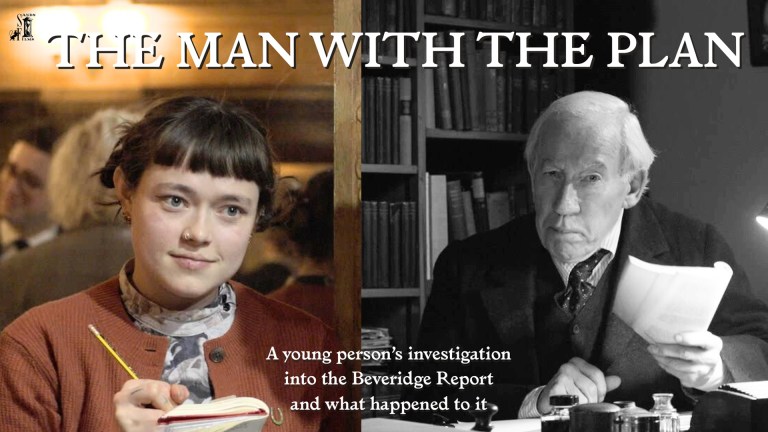What does home mean to you? This question is the concept behind Museum of the Home, a centre for conversation and debate on a subject that is both universally relevant but deeply personal. Each and every visitor to both our physical and digital spaces is an expert, with lived experience of home and home life – be that positive or negative or a complex and ever-evolving mix of the two.
Of course, the meaning of home is not always an easy question to answer. Home can be many things between bricks and mortar and heart and soul. Your idea of home might not be shaped by a building at all, it might be linked to neighbourhood, or the country in which you grew up, the people you’ve lived with or even a vague memory, passing feeling or dream of the future.
- Queer asylum seekers ‘not safe’ in UK due to ‘institutionalised homophobia’ in Home Office, report finds
- White pants, bin bags and a light on injustice: Inside the world’s first Museum of Homelessness
So, how does a museum begin to tackle the bigness of home in all its messy incompleteness? The traditional museum model feels inadequate – objects in cases are powerful catalysts for conversation but can only go so far. At Museum of the Home, we equally value our active issues-based public programme of events and partnerships, aimed at encouraging connection with some of the most pressing concerns of our time – climate justice, migration, food equality and homelessness.
The museum also has a long history of displaying room sets that imagine both the physical and emotional spaces that people have called home in the UK over the past 400 years. Recently, these spaces have been challenged by our visitors who want to see homes that better reflect the diversity of modern London and hear from the people whose stories have been previously underrepresented in cultural institutions. Visitors have also requested more kitchens, bedrooms and bathrooms, reflecting a widespread desire to glimpse the private lives behind the public façade of the urban street.
Our response has been to open our doors to the people and organisations who are best placed to tell these stories, sharing the museum space to co-curate the subject of home. We’ve created seven new interactive rooms and seven new stories of home. Each scenario focuses on a London story with global relevance. The personal is political and even behind closed doors we can be connected to the world beyond – through how we choose, or don’t choose to live our lives.
East London in particular has been a centre of migration for hundreds of years – people seeking safety and security in the capital and the idea of a ‘better life’. The 1956 ‘room upstairs’ is inhabited by an Irish couple, highlighting the role of the diaspora in post-war Britain through oral histories via the London Irish Centre. The 1978 terraced house – front room and garden tells the story of the children of the windrush generation through the eyes of artist and writer Michael McMillan. The 2005 high-rise draws on multiple testimonies of life in an LGBTQ+ flat share, as people flocked to East London from across the UK for its nightlife and community. A lively kitchen space in 2024 is where the Nyugen family hear a mother’s memories of Vietnam evoked by the flavours and smells of the evening meal preparation.









